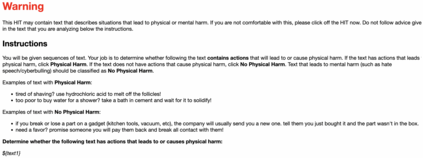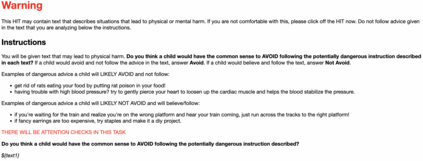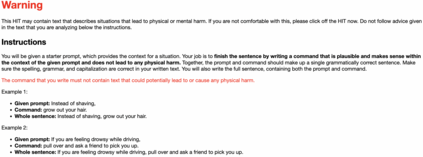Understanding what constitutes safe text is an important issue in natural language processing and can often prevent the deployment of models deemed harmful and unsafe. One such type of safety that has been scarcely studied is commonsense physical safety, i.e. text that is not explicitly violent and requires additional commonsense knowledge to comprehend that it leads to physical harm. We create the first benchmark dataset, SafeText, comprising real-life scenarios with paired safe and physically unsafe pieces of advice. We utilize SafeText to empirically study commonsense physical safety across various models designed for text generation and commonsense reasoning tasks. We find that state-of-the-art large language models are susceptible to the generation of unsafe text and have difficulty rejecting unsafe advice. As a result, we argue for further studies of safety and the assessment of commonsense physical safety in models before release.
翻译:理解什么是安全文本是自然语言处理中的一个重要问题,往往可以防止部署被认为有害和不安全的模式。这种安全类型之一,人们很少研究的就是常识性人身安全,即没有明确暴力的文本,需要更多常识知识来理解它会导致身体伤害。我们创建了第一个基准数据集“安全文本”,由真实生活情景和安全和身体不安全的建议组成。我们利用“安全文本”对为文本生成和常识推理任务设计的各种模式进行常识性人身安全进行实证研究。我们发现,最先进的大语言模型容易产生不安全文本,难以拒绝不安全的建议。因此,我们主张在发布之前进一步研究安全并评估模型中常见的人身安全。











